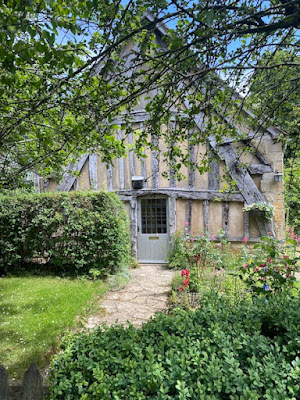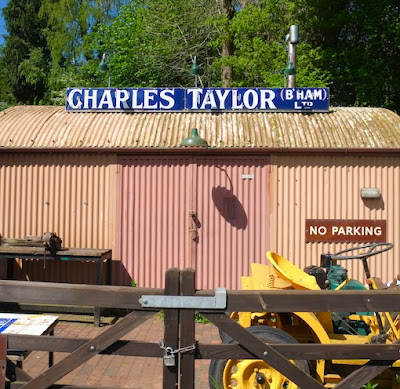Seeing this building first from a distance, I thought it must be an old bottle kiln – after all, there were potteries everywhere, not just in the ‘potteries’, the towns of Staffordshire once famous as the centre of England’s ceramics industry. However, the louvre at the top made me doubt this, and a little research revealed that it actually began life as an oast house. For those who don’t know, an oast house is a different kind of kiln, one used in the brewing industry to dry hops or barley.
This oast house was built in the 18th century by one William Fowler and is best known to history as part of Day’s brewery, the business of John Day, who acquired and ran it, together with a complex of other brewery buildings, now mostly demolished, nearby. On the ground floor of the oast there would have been a fire to provide the heat source. Above this, was a floor made of wooden battens with spaces between them, covered with cloth; the ingredients to be dried would be spread on the floor. When the fire was lit, warm air would travel upward through the cloth to dry the hops. Moist air escaped through the vent at the top. Oast houses are most often seen in Kent and Herefordshire, both important hop-growing regions. In the case of these areas, the hop growers processed the hops before selling them to brewers. This oast, however, reminds us that they were built in other places, and by brewers too.






